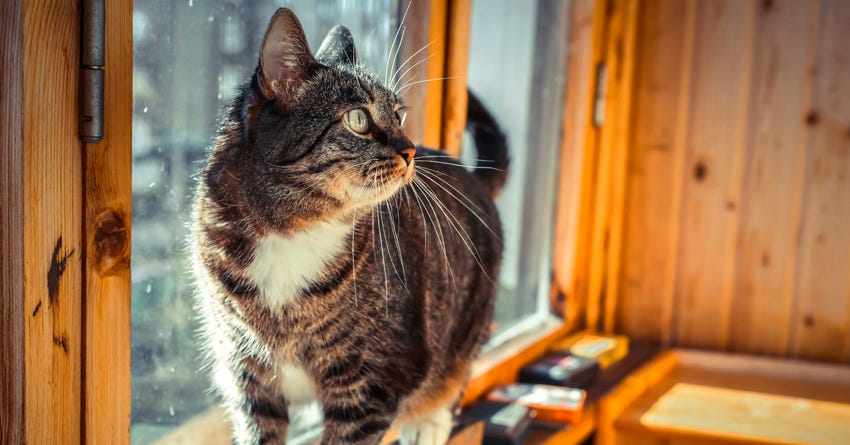Cat-Proofing Your Home: Tips from Veterinarian Dr Angela Gaeto


 Cats vs. Dogs: Understanding the Differences
Cats vs. Dogs: Understanding the DifferencesBrowse our most loved healthy, human grade dog food, treats and topper recipes and get inspired to upgrade your dog’s bowl.
Browse our most loved healthy, human grade cat food and treat recipes and get inspired to upgrade your cat’s bowl.